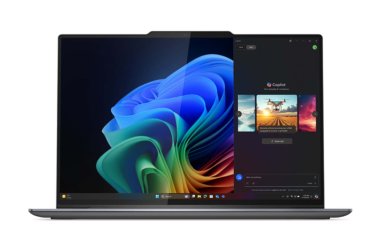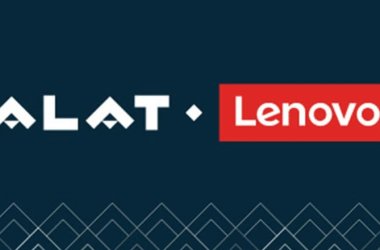 Lenovo is leading the world PC market with solid growth in shipments across the first quarter of the year, according to Gartner.
Lenovo is leading the world PC market with solid growth in shipments across the first quarter of the year, according to Gartner.
All of the top five vendors, except Acer, registered year-on-year shipment growth, with the top three vendors – Lenovo, HP and Dell – all confirming the importance of the PC business as part of their overall business strategies.
Lenovo experienced the strongest growth among the top five vendors, its shipments growing 10.9 percent, extending its position as the worldwide leader.
The company’s shipments grew in all regions except Asia/Pacific, while growth in China has been problematic.
Overall, the China market again slowed, in part due to the long holiday, Chinese New Year, which falls in the middle of the quarter.
Mikako Kitagawa, Analyst, Gartner, said the professional PC market generally improved in the Middle-East, Europe and Asia.
“The U.S. saw the gradual recovery of PC spending as the impact of tablets faded,” Kitagawa said.
The market share difference between Dell and HP once again narrowed compared to last quarter. In the first quarter of 2014, HP achieved its fastest shipment growth of the last two years.
HP’s shipment growth in EMEA exceeded the regional average, which improved HP’s overall growth.
Dell also maintained a strong position in the market.
Since the completion of the leveraged buyout last year, Dell has been aggressively expanding its PC business globally.
The first quarter of 2014 was the third consecutive quarter of PC shipment growth for Dell, registering its highest growth since the fourth quarter of 2011.
In the U.S. market, PC shipments totalled 14.1 million units in the first quarter of 2014, a 2.1 percent increase from the same period last year.
However, HP maintained the No. 1 position, as it accounted for 25 percent of PC shipments in the U.S. market.
Dell and Lenovo experienced the strongest growth among the top five vendors, with growth rates of 13.2 and 16.8 percent.
In terms of the major structural shift of the PC market, the U.S. market is ahead of other regions, Kitagawa said.
“The installed base of PCs started declining in 2013, while the worldwide installed base still grew. The U.S. PC market has been highly saturated with devices: 99 per cent of households own at least one or more desktops or laptops, and more than half of them own both,” she said.
“While tablet penetration is expected to reach 50 per cent in 2014, some consumer spending could return to PCs.”
The EMEA PC market saw positive growth after eight quarters of decline. Shipments in EMEA totalled 22.9 million units in the first quarter of 2014, a 0.3 percent increase from the same period last year.
Improvements were driven by a PC refresh in the professional market from both the XP effect, and a general increase in professional spending.
HP retained the top vendor position in the EMEA market, and its shipments grew 15.3 percent in the first quarter of 2014.
But Lenovo has now had seven consecutive quarters of strong growth, which helped it cement the number two spot in EMEA with 36 per cent growth in the first quarter of 2014.
It also saw its presence in the consumer PC market increase. Asus performed well and currently leads the hybrid market.
Pressure on traditional notebooks continued as the install base transitioned to alternative devices and replaced only on an as-needed basis.
New hybrid models with lower price points were available, but demand remained slow as buyers evaluated usage scenarios and application availability amid a market with many other options.





